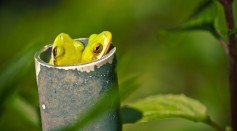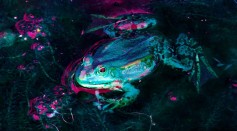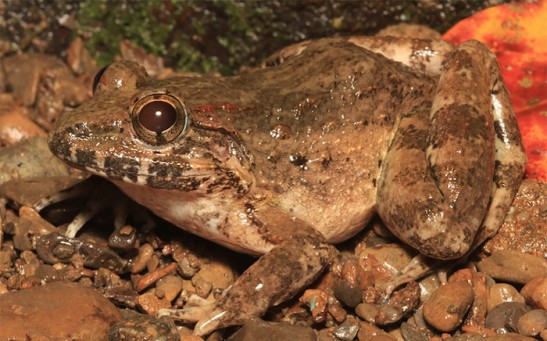frogs
New Species of Poisonous Pumpkin Toadlet with Glowing Bones Found in Brazil
Could Tropical Clawed Frogs Spread Diseases on Native Amphibians in South Florida?
Variable Harlequin Toad: Critically Endangered Species Bred in Captivity for the First Time

Female Frogs Use Lungs Like Noise-Cancelling Headphones to Filter Unwanted Males

Glowing Frogs and Salamanders: Surprisingly Common
Scientists Point which Part of the Brain is Responsible for Parental Behaviors in Frogs
Save The Frogs From Global Killer Disease
Smithsonian Scientists Release Limosa Frogs With Mini Radio Transmitter into Wilderness in Panama
Male Poison Frogs Best Fathers, But Cannibal Clutch Eaters On Other's Offspring After Taking Over New Territories
New Morphing Frog Reveals Its Spiny Ability
What One Discovery May Mean For Conservation Efforts in Southeast Asia
New Fanged Frog Species Reveals Nurturing Side—First Live Tadpole Birth to Date
Crytptic New Species of Leopard Frog Found in New York City
Most Popular

How Technology Is Changing the Real Estate Industry?

How a Plant-Based Diet Can Protect Against Breast Cancer: Insights from Nutrition Research

Study Reveals High Turnover in Scientific Research Careers: What This Means for Future Scientists

Nikolay Karpenko Biography, Photo, Career, Accomplishments






